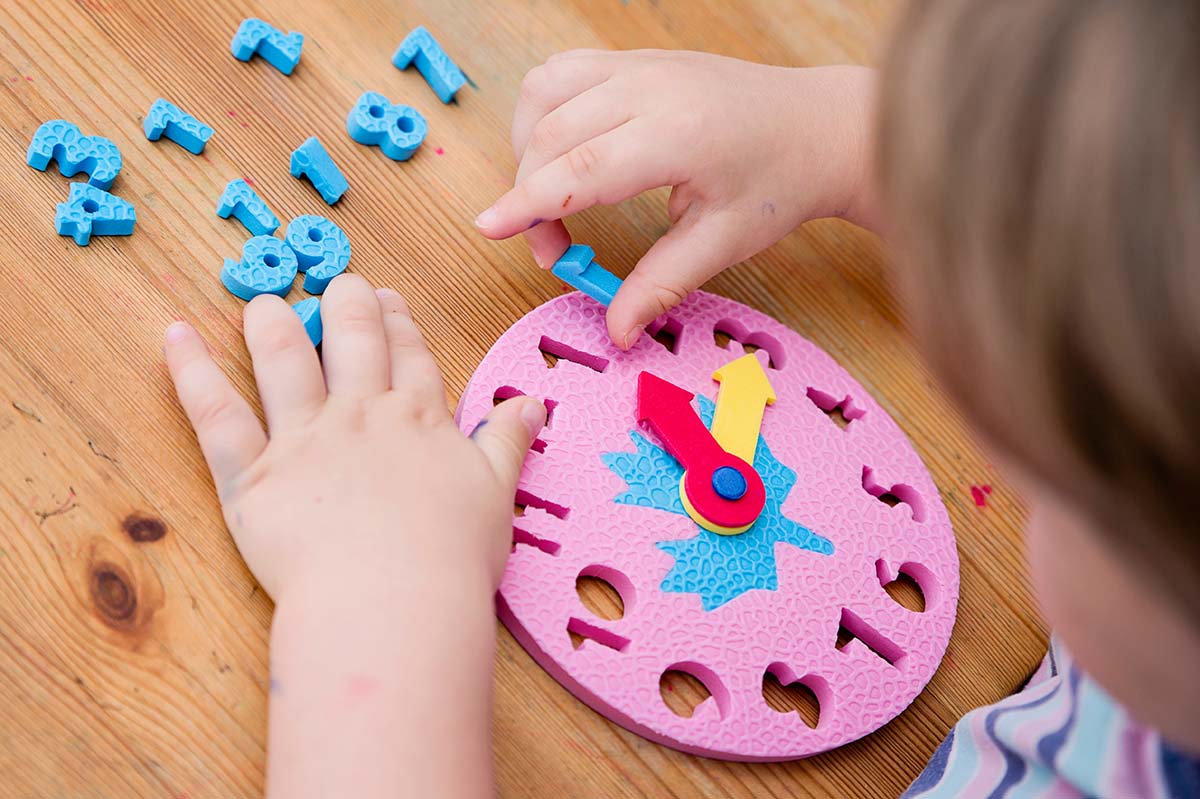
It’s critical for students to understand that math goes beyond textbooks and tests. From a young age, children should see all the practical applications math has in everyday life. Transfer of learning is something we can all benefit from and math learning has wide-reaching applications. At Spark Math by Spark Education, our methods emphasize the importance of transfer of learning. So we wanted to give you ideas on how you can get your elementary student can apply the tactics they learn beyond math class. Here are the top 3 ways elementary kids can transfer math knowledge into new situations.
1. Counting Time and Money
Money
Even kindergarten students have money on their minds. They might be counting all the coins in their piggy bank or the money grandma gave them for a birthday gift. Whenever we think of money, we are making calculations and doing math. It’s important children know this and transfer the math they learn in school to their own finances.
- Saving Up for Toy (Addition)
- Seeing Difference in Price (Subtraction)
- Splitting a Meal (Division)
- Skip Counting with 5’s and 10’s (Multiplication)
- Making Change (Division)

Time
Phones and digital clocks will never fully replace analog clocks. Telling time is a great life skill that involves a few key math skills. Telling time is an ideal opportunity for students to repurpose their skip counting strategy. When they get more comfortable with multiplication, they can transfer 5 times tables to quickly tell time.
- How much time is left?
- How long until dinner?
- When is school out?
- How many minutes until recess?
2. Critical Thinking and Problem Solving
These are 2 essential education and life skills are required for success in math. Critical thinking and problem solving come with the territory of math learning and thus students can transfer this into other subjects. Beyond school, when we need to make tough choices, we rely on critical thinking. One of the big reasons Spark Math steers away from rote memorization when learning math is to develop critical thinking skills for our students.
This is a more abstract concept when compared to something concrete like telling time, but the applications are plentiful.
Making Decisions: Math promotes problem-solving skills and students who are critical thinkers have better reasoning abilities, and therefore can make more analytic decisions
Analyzing Situations: When faced with any obstacle, students can understand what needs to be done to overcome it and create a plan.
Explaining Their Viewpoints: Students will be able to clearly articulate themselves in writing or speaking because they have a grasp of logic and reasoning
Draw Conclusions: Critical thinkers can make conclusions and inferences about the world around them because they’ve been trained to think that way.

3. Math in Sports
Transferring learning into a hobby can make all the difference in the world for some kids. Some students may not be a fan of math but when you put math in the context of a sport they can quickly change their tune. Sports can have basic math, such as counting, and complicated math like statistical analysis. Students struggling to learn a new concept like fractions and percentages might have a better time if you change the context.
Instead of fraction equations, it can make more sense to discuss how their favorite baseball player did batting today. Hitting 2 for 4 is still a fraction. Older students might be able to calculate their batting average or their 3-point shooting percentage. At the end of the day, anything that gets them excited about learning is a huge positive.
Become a Math Ace With Spark!
Transfer of learning will make students better in and outside of math class. Applying strategies in many contexts creates a well-rounded student. Start leading your child down the path of being a versatile learner at a young age. This habit will pay off in the long run. Want to know more about Spark Math and how we use transfer of learn? Check out our blog All about “The Transfer of learning Method”!
Want to try out Spark Math By Spark Education yourself? Sign up for a free trial class!




